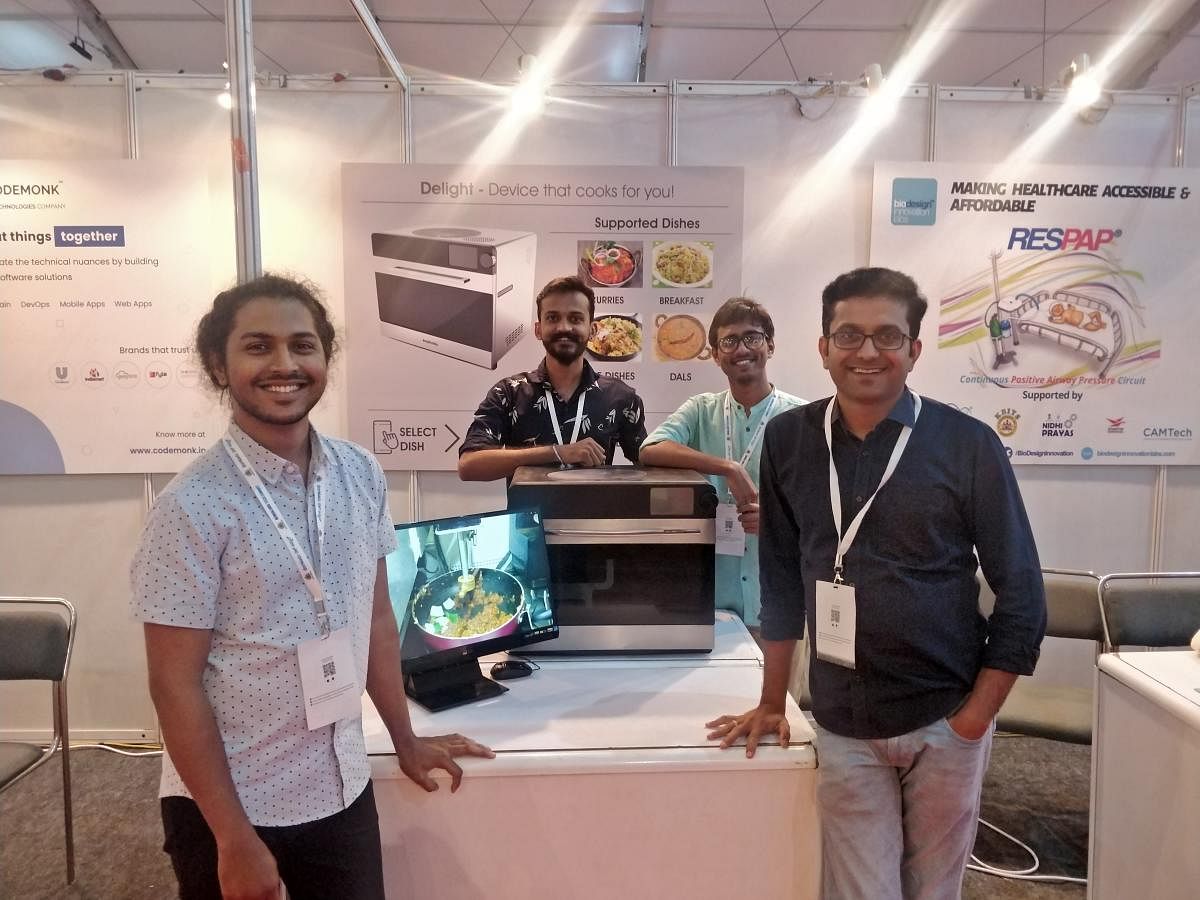
Imagine having a robot that can cook your meals in no time. It saves time, energy and offers great variety. Yatin Varachhia tells Metrolife how he came upon the idea and how technological automation in food can bolster further innovative solutions to address global challenges.
How did the idea of
developing a robot that cooks come about?
I am a native of Kantva, a small village in Gujarat. I came to Bengaluru in 2008 to pursue my higher studies. The food wasn’t tasty. After marriage, my wife and I were always busy shuttling between work and home. I was struggling to savour my favourtie food amid this hectic schedule. The idea to develop a robot then took its birth then. I spoke to 100 friends in Bengaluru and the US and found that almost half of them faced challenges in following a fixed eating schedule. Some suffered from stomach ailments as they had adopted unhealthy food habits because they depended on restaurants and ready-to-cook package foods. To put an end to these problems, my team and I came upon this idea. The team comprises Pranav, Amit, and Sudeep, apart from me. Our startup — Euphotic Labs — aims to give access and deliver healthy and homely food to everybody, according to their taste and work schedule.
How many dishes can
this robot cook?
Robot Nosh helps you plan your meal, order groceries from the automated grocery list, and cook in three simple steps. People can also track calories, customise dishes to taste, and make new recipes. Nosh is an AI-based app-driven cooking robot that cooks more than 120 delicious one-pot dishes automatically according to taste and requirement.
What were the challenges you face when developing the robot?
Nosh is a new category product, and we frequently go through a process of experimentation, failure, evolution, and adoption. Not many startups have ventured into this nascent indigenous hardware ecosystem. Though the product seems relevant during the pandemic, it has become difficult for us to reach consumers. Providing trials for users through regular events has been disrupted. We faced difficulty in making the spice dispenser and getting a uniform rava roast in the robot. The dispenser needs to be highly precise and should sense all varieties of spices. However, for funding, we have been lucky to get some financial support from the government of India, a few investors, friends and family.
Do you think such
inventions will inspire
more such innovations?
We believe that Indians are very hardworking and smart. We came this far with no resources. But things have changed now. India is the right place to innovate as rents have become cheaper, funding has increased, and there is an increase in local adoption of innovative solutions.
We should grab this opportunity and provide innovative and global solutions apart, from looking at big hardware companies such as Tesla and Apple.